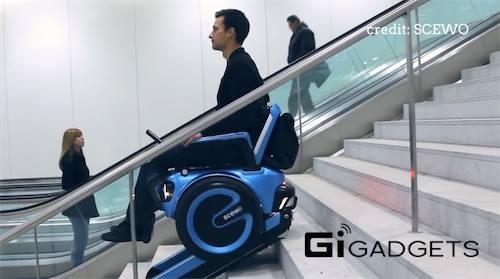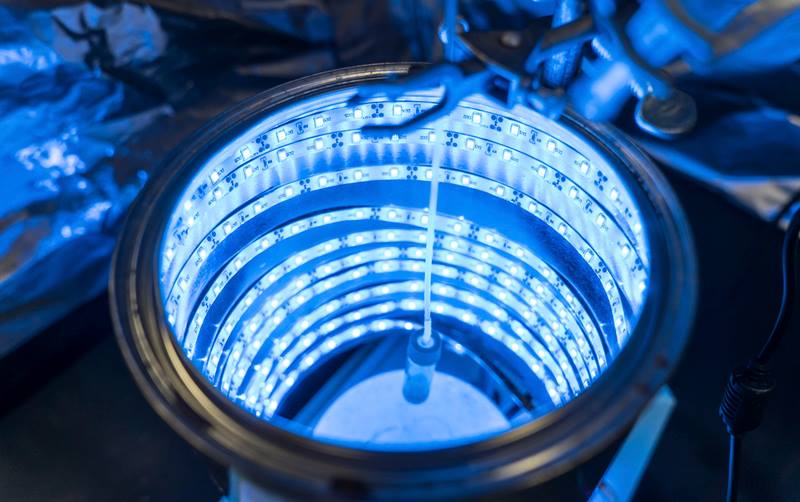Page 10621
Apr 29, 2017
ChargePoint is ready for flying EVs
Posted by Shailesh Prasad in categories: robotics/AI, transportation
Yesterday I wrote about a poll conducted by researchers at the University of Michigan that found people were interested in flying cars if they were autonomous, shared and electric. As soon as I posted that, I found an email in my inbox saying that ChargePoint and Uber Elevate, among others at the recent conference on flying vehicles, had partnered to prepare for just that exact scenario.
ChargePoint announced the Express Plus charging platform at CES 2017, which allows for faster, more powerful charging and modularity. That means that owners of the stations can expand their charging options as they need to — which includes charging electric flying cars. The latest estimates say that it will take a minimum of 300 kW to charge a flying car 25 percent in 5 minutes, or 25–90 percent in 15 minutes. ChargePoint’s Express Plus stations can deliver up to 400 kW per port right now, so operators could add a station for flying vehicles in the future without ripping out infrastructure that’s already in place.
ChargePoint already knows that charging quickly generates a lot of heat, which is why it developed liquid-cooled hoses for its Express Plus stations. But charging a flying vehicle would likely require extended cooling, even around the battery pack itself during fast charging. The vehicle needs to be able to ascend to altitude within about 90 seconds, and the batteries need to be cool enough to take that strain.
Apr 29, 2017
Scewo: Going upstairs in wheelchair is not a problem any more
Posted by Shailesh Prasad in category: futurism
Apr 29, 2017
How Adobe Wants to Turn Flat 360-Degree Videos Into True Virtual Reality (EXCLUSIVE)
Posted by Shailesh Prasad in categories: futurism, virtual reality

Hardly a day has gone by this month without the announcement of a new virtual reality (VR) camera system. Facebook, Google and GoPro all aim to make VR more immersive with new cameras, some of which won’t be commercially released for the foreseeable future. However, researchers at Adobe believe that you may not need new camera hardware at all for a big leap in immersion.
Adobe’s head of research Gavin Miller is going to present new cutting-edge technology at NAB in Las Vegas this Tuesday that could one day be used to turn flat, monoscopic 360-degree videos shot with consumer-grade spherical cameras into fully immersive VR video, complete with the ability to lean into the video — something that’s being called six degrees of freedom (6DoF) among industry insiders.
Apr 29, 2017
Harvard Researchers Are Preparing to Geoengineer the Atmosphere
Posted by Shailesh Prasad in category: futurism
In a first-of-its-kind study, scientists will disperse aerosols into the stratosphere in initial tests of a controversial technique for blocking incoming solar radiation.

















